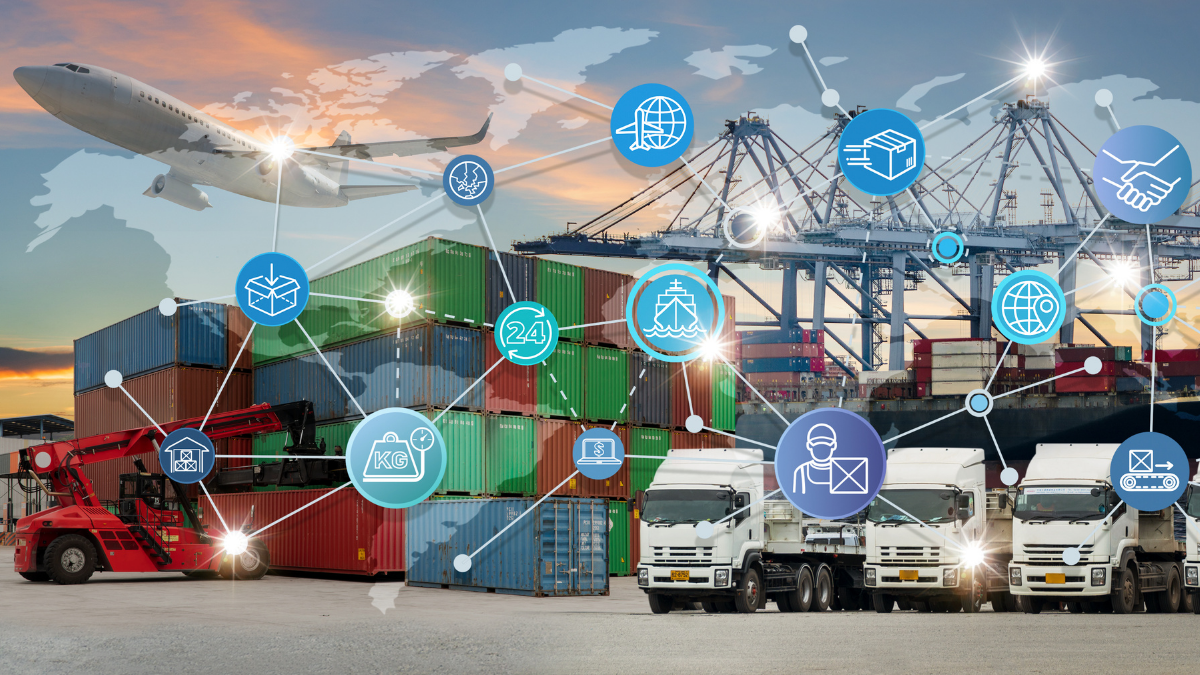In a world where technology continues to reshape industries, the realm of freight management and logistics is experiencing a revolutionary transformation. The integration of trucking and brokerage software has become the driving force behind this change, streamlining operations and enhancing efficiency across the board.
In this comprehensive guide, we’ll delve into the captivating world of trucking and brokerage software, exploring its manifold benefits, cutting-edge features, and the future trends that promise to reshape the industry.
Table of Contents
Introduction to Trucking and Brokerage Software Revolution
The traditional freight management landscape, characterized by manual processes and extensive paperwork, has paved the path for a new digital era of innovation. Within this transformative shift, freight brokerage software has emerged as a game-changer, enabling companies to not only embrace new technology but also cultivate a more agile and responsive approach to business in the modern world.
This software revolutionizes operations, propelling businesses to optimize efficiency, curtail costs, and elevate overall performance. The integration is a testament to the industry’s evolution, offering a dynamic solution that mirrors the contemporary demands of a fast-paced logistics landscape.
Advantages of Digitizing Freight Management for Trucking Companies

The advantages of adopting trucking and brokerage software are manifold. From streamlined operations and improved communication to cost savings and enhanced customer satisfaction, the benefits are undeniable.
Automating tasks that were once time-consuming, such as load matching, carrier selection, and document processing, frees up valuable time and resources, allowing companies to focus on core business strategies.
Key Features of Modern Trucking and Brokerage Software Platforms
Modern platforms are equipped with a diverse range of key features that streamline and elevate freight management.
These platforms offer dynamic load matching, efficiently connecting shippers with carriers that meet their specific needs. Real-time tracking capabilities provide stakeholders with unprecedented visibility into shipment progress, fostering trust and transparency.
Automated communication tools facilitate seamless interactions between all parties, enhancing collaboration and reducing delays.
Additionally, integrated document management and electronic invoicing simplify paperwork, accelerating administrative processes. With user-friendly interfaces, data analytics, and customizable dashboards, these platforms empower businesses to make informed decisions, optimize operations, and ultimately drive higher levels of efficiency and customer satisfaction in the complex world of logistics.
How Software Optimizes Route Planning and Load Distribution

Effective route planning and load distribution are critical components of successful freight management. Trucking and brokerage software leverages advanced algorithms and real-time data to optimize routes, ensuring timely deliveries, reduced fuel consumption, and minimized wear and tear on vehicles.
This not only enhances operational efficiency but also contributes to a greener and more sustainable logistics ecosystem.
Real-time Tracking’s Impact on Transparency and Customer Satisfaction
Real-time tracking, a pivotal feature revolutionizes transparency and elevates customer satisfaction. By integrating GPS and IoT technologies, stakeholders gain a real-time view of shipment locations and conditions.
This heightened transparency cultivates trust between partners and enables precise delivery estimates. Customers, armed with accurate tracking information, experience reduced anxiety and increased confidence in the supply chain.
Moreover, real-time tracking empowers proactive issue management, as any deviations or delays can be promptly addressed. The result is a seamless and satisfying customer experience, where transparency becomes a competitive advantage, fostering loyalty and positive brand perception within the intricate realm of freight management.
Automation’s Role in Streamlining Paperwork and Documentation Processes
The trucking industry has long been plagued by extensive paperwork and documentation requirements. However, this drastically simplifies these processes through automation.
Bill of lading generation, electronic proof of delivery, and automated document storage reduce errors and save time, enabling personnel to focus on value-added tasks.
Data Analytics ─ Enhancing Decision-Making and Operational Efficiency

Data is the lifeblood of modern businesses, and the trucking industry is no exception. These platforms gather and analyze vast amounts of data, providing actionable insights into performance trends, market demands, and operational bottlenecks. This data-driven approach empowers companies to make informed decisions, adapt to changing market dynamics, and continuously improve their operations.
Integrating Electronic Logging Devices (ELDs) for Regulatory Compliance
Integrating Electronic Logging Devices (ELDs) into modern platforms is a strategic move to ensure regulatory compliance and elevate operational efficiency. ELDs automate the recording of drivers’ hours of service, minimizing errors and ensuring adherence to strict regulations.
By seamlessly integrating ELDs, companies reduce the administrative burden on drivers and back-office staff, allowing them to focus on core tasks. This integration also enhances fleet safety by preventing drivers from exceeding their allotted driving hours, reducing the risk of fatigue-related accidents.
Ultimately, ELD integration demonstrates a commitment to safety, regulatory compliance, and improved operational practices, positioning businesses at the forefront of the ever-evolving transportation industry.
Benefits of Cloud-Based Platforms for Accessibility and Scalability
The cloud has revolutionized how businesses access and manage their data, and the trucking industry is no exception. Cloud-based platforms offer unparalleled accessibility, allowing stakeholders to access information from anywhere with an internet connection.
Additionally, these platforms can scale seamlessly as a company grows, eliminating the need for costly infrastructure investments.
Security Measures Ensuring Data Protection in Trucking Software Systems

As the digital landscape expands, concerns about data security are paramount. These platforms implement robust security measures to protect sensitive information. This includes data encryption, secure authentication processes, and regular software updates to safeguard against potential vulnerabilities and cyber threats.
Future Trends ─ AI, Blockchain, and Sustainability in Trucking Technology
The future is bright, with several exciting trends on the horizon. Artificial intelligence (AI) will play a significant role in optimizing operations further, from predictive maintenance to intelligent route planning.
Blockchain technology is set to enhance transparency and trust in the supply chain, while sustainability initiatives will drive the adoption of greener practices, reducing the industry’s carbon footprint.
Conclusion
In conclusion, this revolution is reshaping the freight management landscape. The advantages are clear: increased efficiency, reduced costs, improved transparency, and enhanced customer satisfaction. With features like real-time tracking, automation, and data analytics, businesses can make informed decisions and adapt to a rapidly changing market.
The integration of emerging technologies like AI and blockchain promises even more transformative possibilities, ensuring that the future of trucking remains dynamic, efficient, and sustainable. As the industry continues to evolve, embracing these innovations will undoubtedly be the key to staying ahead in the competitive world of logistics.
 World Magazine 2024
World Magazine 2024






